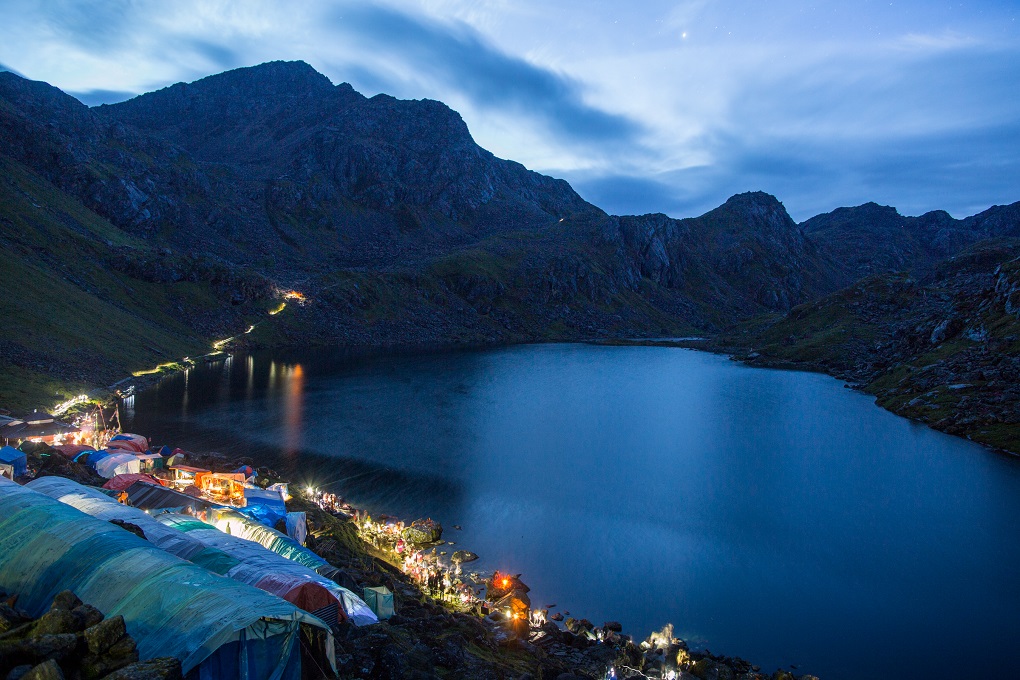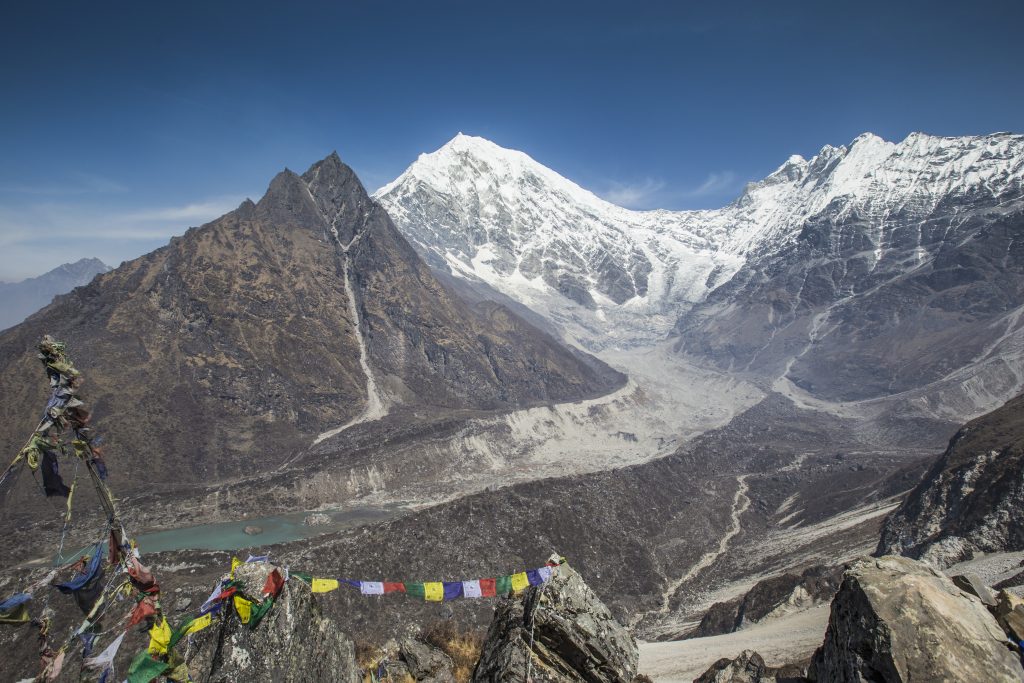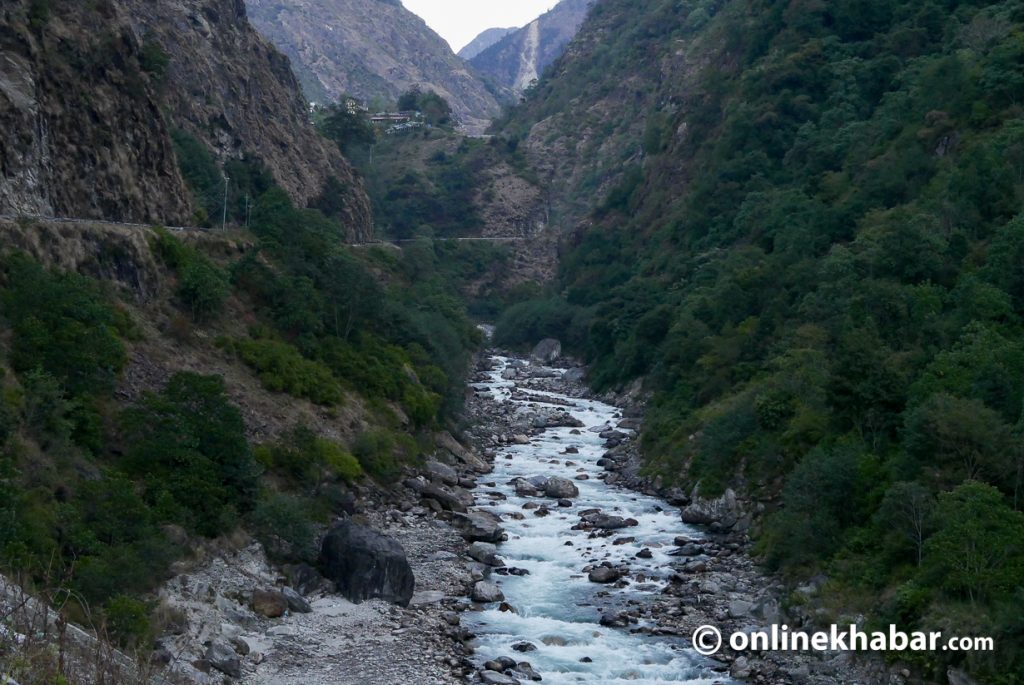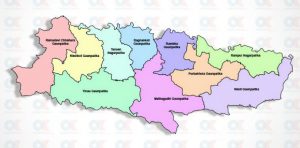
Nepal is a country located in the Himalayan region, known for its unique geography, rich culture, and diverse ecosystems. One of Nepal’s most valuable natural resources is water. The country is considered to be the second richest in water resources due to its geographic location, topography and climate.
But the claim that Nepal is the second-largest country in water resources has been disputed by some sources. It might hurt the sentiment of many Nepalis who hold this statement dearly to be a fact, but it is not true. Meanwhile, some other sources have in fact termed Nepal to be the world’s second richest country in inland water resources with as many as 6,000 rivers, rivulets and tributaries.
So with many discrepancies, what is the truth and is Nepal really the second richest country in water resources or not?
Enough resources

Nepal is considered to be rich in water resources due to its unique geographic location, topography, and climate. The mountainous terrain of Nepal provides a natural catchment area for rainfall and snowmelt, which results in the formation of numerous rivers and streams. Some of the major rivers that originate in Nepal include the Koshi, Gandaki, Karnali, and Mahakali, among others.
The country’s monsoon climate also contributes to the abundance of water resources, with heavy rainfall occurring during the summer months. This also helped the country to get the title of the water tower of Asia, as it is the source of several major rivers that flow into neighbouring countries like India, Bangladesh, Bhutan and China.
These rivers are not only important sources of freshwater for domestic, agricultural, and industrial use in Nepal, but they also play a vital role in supporting the livelihoods of millions of people in neighbouring countries. The rivers are used for irrigation, hydroelectric power generation, transportation, and fishing.
In addition to its rivers, Nepal is also home to numerous lakes and wetlands. These freshwater ecosystems provide important habitats for a diverse range of plant and animal species. Nepal’s wetlands are also important for flood control, groundwater recharge and water purification.
Geographical advantage

Nepal’s geography is characterised by high mountains, hills, and valleys. As stated above, Nepal’s mountains provide a natural catchment area for rainfall and snowmelt, so the potential water resource is also very high. The country is home to some of the highest peaks in the world, including Mount Everest, which is the highest mountain on earth that is above sea level.
Another geographical advantage is the monsoon rainfall pattern. The monsoon season in Nepal typically runs from June to September, bringing heavy rainfall to much of the country. This rainfall helps to replenish Nepal’s water resources, providing an essential source of freshwater for domestic, agricultural and industrial use.
Current stats

Despite popular claims that Nepal is the second water-rich country in the world, the nation ranks 43rd in the world in terms of the total amount of renewable water resources. It has 210 cubic kilometres of such resources while the US has 8,233 cubic kilometres. Moreover, Russia has been estimated to have 4,525 cubic kilometres of renewable water resources, making it the country with the second-largest renewable water reserves in the world.
Meanwhile, Brazil is the world’s largest freshwater producer with 12 per cent of the planet’s total freshwater resources and Russia ranks second in this regard too.
So though Nepal has the potential, it lags far behind. Despite the abundance of water resources in Nepal, the country is facing significant challenges in managing and utilising these resources sustainably. Over-extraction of groundwater and pollution are also threatening the quality and quantity of Nepal’s water resources.



















